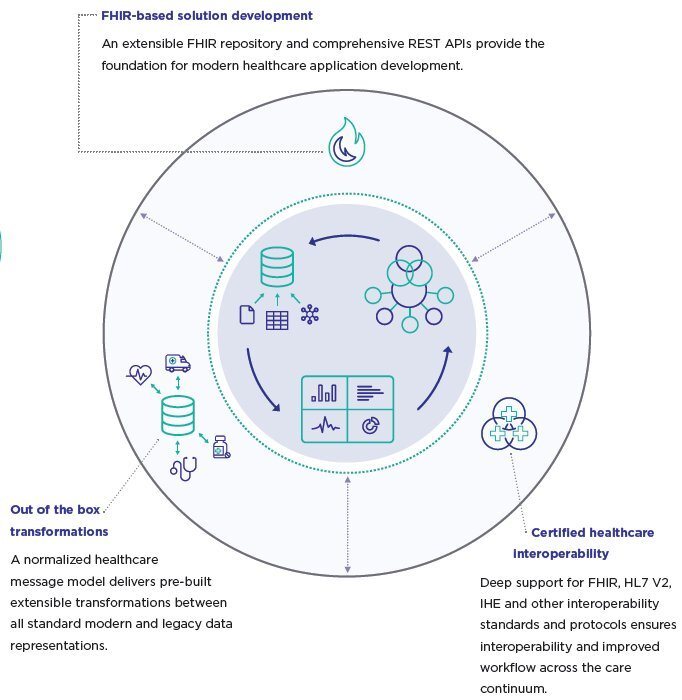In the ever-growing world of online casinos, Ori Heng Ong Bet has carved out a reputation as a go-to destination for gaming enthusiasts. Known for its vibrant interface, user-friendly platform, and wide selection of games, Ori Heng Ong Bet offers a premium experience to both casual players and seasoned bettors.

Diverse Game Selection for Every Player
Whether you’re a fan of slot machines, live dealer games, or classic table games like blackjack and roulette, Ori Heng Ong Bet has something for everyone. The platform partners with top-tier game providers to ensure smooth gameplay, immersive graphics, and fair play. You can expect high-quality entertainment every time you log in.
Mobile-Friendly and Easy to Use
Designed with modern gamers in mind, the site is fully mobile-optimized. Whether you're using a desktop, tablet, or smartphone, Ori Heng Ong Bet delivers fast loading times, intuitive navigation, and a sleek design. You can play your favorite games on the go without any compromise in quality or speed.
Safe, Secure, and Reliable
Security is a top priority at Ori Heng Ong Bet. The platform uses advanced encryption technology to safeguard your personal information and transactions. With a wide range of payment methods including local bank transfers and e-wallets, deposits and withdrawals are smooth and hassle-free.
Exciting Bonuses and Promotions
Players are rewarded regularly with generous bonuses, including welcome offers, daily cashback, reload bonuses, and seasonal promotions. Loyal players can also benefit from exclusive VIP perks and tournament rewards, making every session more exciting and rewarding.
24/7 Customer Support
Should you ever need help, Ori Heng Ong Bet’s dedicated customer support team is available 24/7. They offer fast, friendly assistance to ensure your gaming experience is always top-notch.
Join Ori Heng Ong Bet Today!
With its rich game selection, secure platform, and rewarding promotions, Ori Heng Ong Bet is your ultimate online gaming destination. Sign up today and start winning with confidence!
